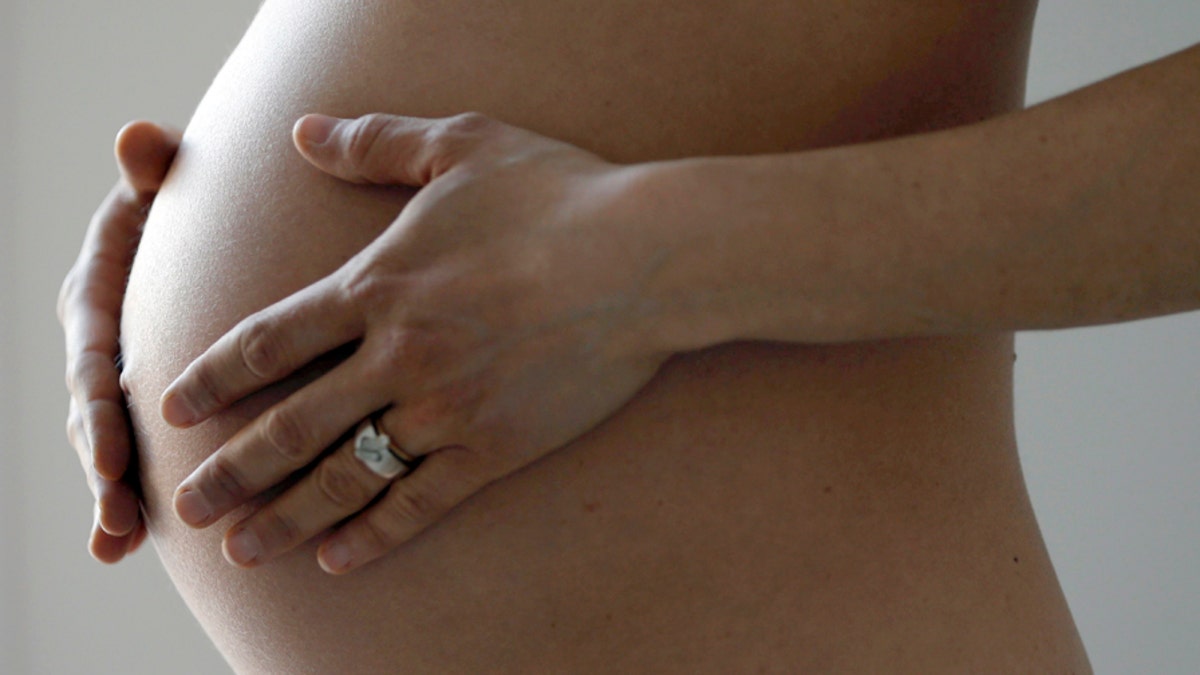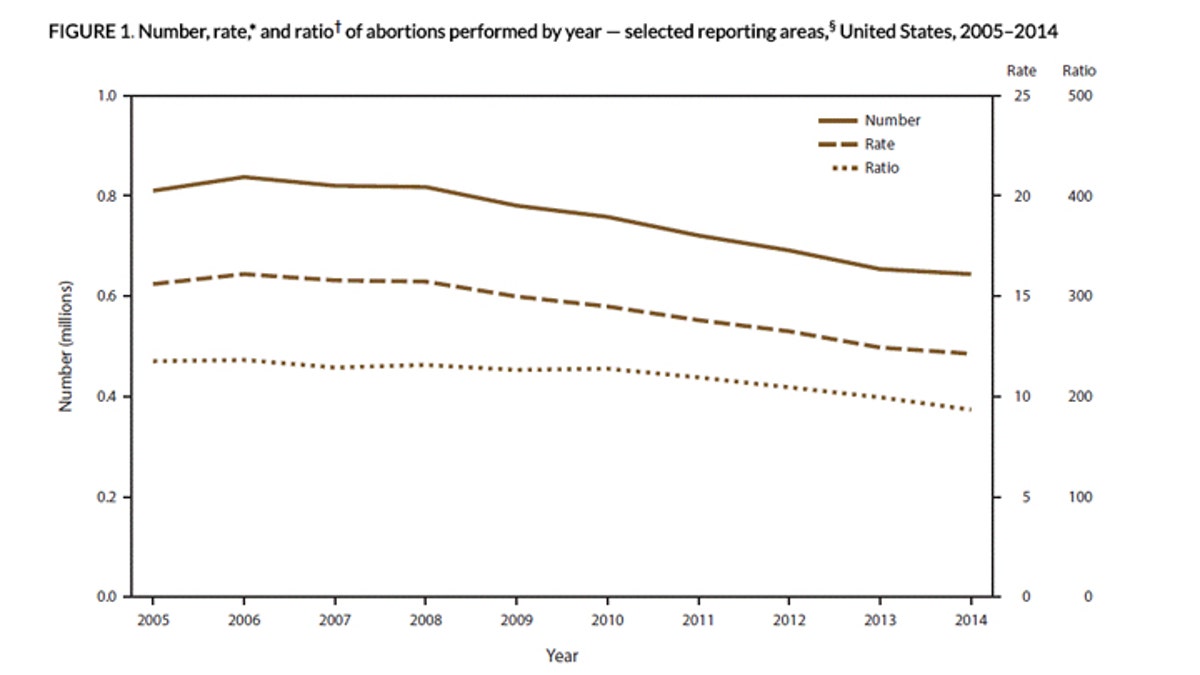
A pregnant woman, in the last trimester of her pregnancy, poses in this illustration photo in Sete, South France, March 26, 2016. REUTERS/Regis Duvignau - D1AESVWZKMAB (REUTERS/Regis Duvignau)
Abortion rates in the United States have fallen to a historic low, according to the latest data compiled by the Centers for Disease Control and Prevention.
The CDC report, which was released on Wednesday, found that the abortion rate nationwide dropped two percent between 2013 and 2014 amid the use of more effective contraception, the shuttering of many abortion clinics and an overall decline in pregnancy rates.
“Following nationwide legalization of abortion in 1973, the total number, rate, and ratio of reported abortions increased rapidly, reaching the highest levels in the 1980s before decreasing at a slow yet steady pace,” the report states. “Nonetheless, throughout the years, the incidence of abortion has varied considerably across subpopulations and remains higher in some demographic groups than others.”
Continuing the steady decline over the last few years, there were only 12.1 abortions per 1,000 women of childbearing age in 2014, compared to 19.4 per 1,000 in 2008. The largest decrease was seen among pregnant teenagers, with the abortion rate for young girls declining 46 percent since 2008.
About 59 percent of all abortions in the U.S., the report found, were performed on women in their 20s.
While previous reports cited a decrease in sexual activity among teenagers for the declining abortion rates, recent studies have found that sexual activity in that age group has actually increased, but so has the use of more effective contraception methods like the IUD coil, the birth control pill and injection, as opposed to condoms.
“Providing women and men with the knowledge and resources necessary to make decisions about their sexual behavior and use of contraception can help them avoid unintended pregnancies,” the authors of the CDC report state. “[P]roviding contraception for women at no cost can increase use of these methods and reduce abortion rates.”

(CDC)
The report added: “Cost, as well as insufficient provider reimbursement and training, inadequate client-centered counseling or youth-friendly services, and low client awareness of available contraceptive methods are common barriers to accessing contraception Removing these barriers can help improve contraceptive use, thereby reducing the number of unintended pregnancies and consequently the number of abortions performed in the United States.”
